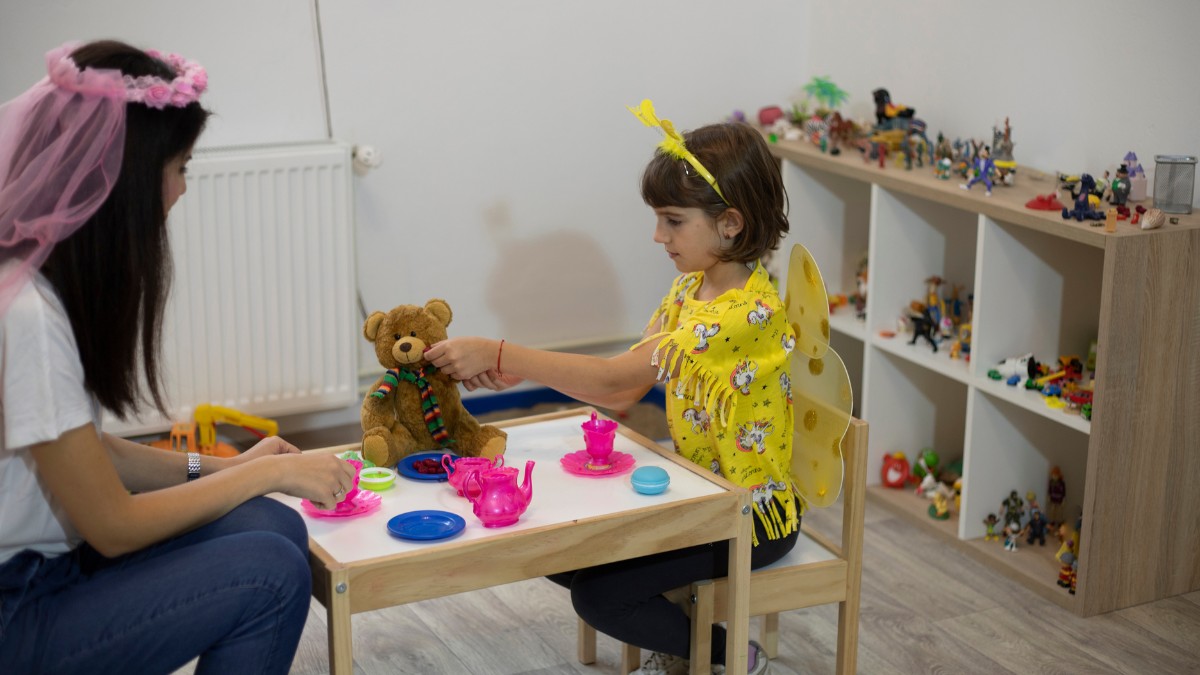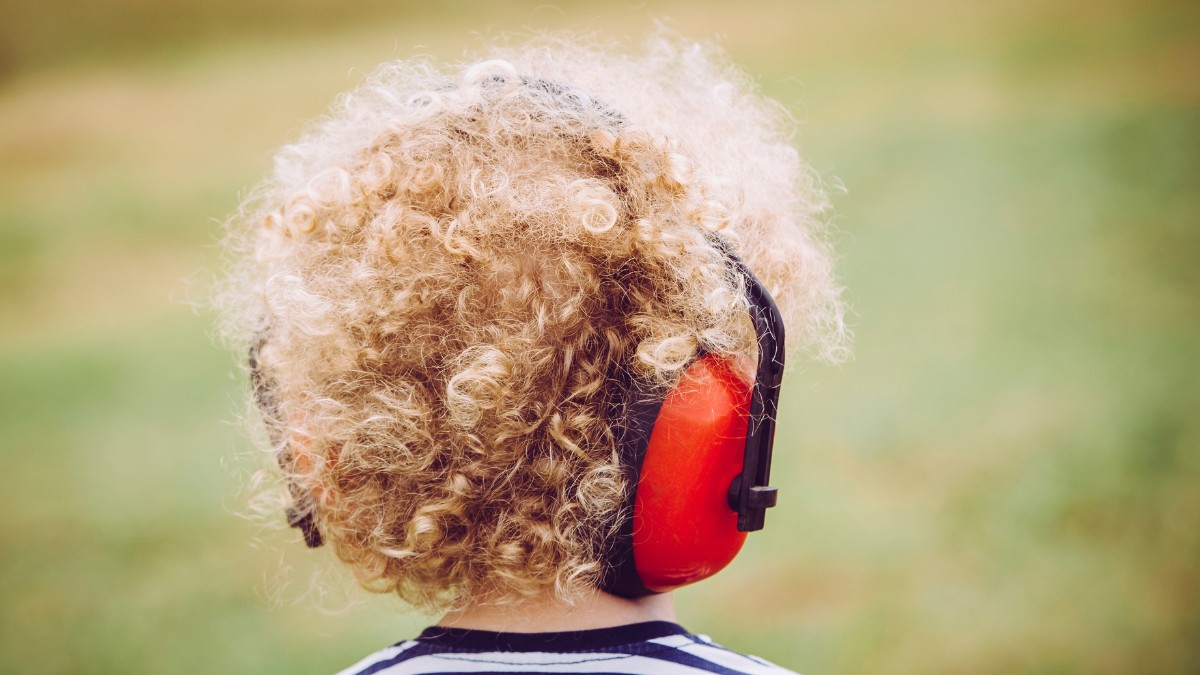Key Points:
- Autism stigma can stem from misunderstandings and stereotypes about people on the spectrum.
- Common stigma examples include assumptions about behavior, abilities, and social interactions.
- Addressing and challenging these stigmas is essential for fostering a more inclusive and supportive society.
Living with autism is a unique experience for each individual, but unfortunately, society often stigmatizes those who are on the spectrum. Autism stigma can take many forms, from negative assumptions about someone’s capabilities to misconceptions about their behavior. According to research, up to 67% of adults with autism report experiencing stigma.
These stereotypes can be damaging and prevent people with autism from receiving the understanding, respect, and opportunities they deserve. Understanding these stigmas is the first step in combating them.
By raising awareness and addressing these misconceptions head-on, we can promote more empathy and acceptance in both public and private spaces. Let’s explore some of the most common examples of autism stigma, what they entail, and how they can be challenged.
What are Autism Stigmas?
Autism stigmas are negative beliefs, stereotypes, or misconceptions about people on the autism spectrum. These can include assumptions that autistic individuals lack empathy, are intellectually limited, or cannot succeed independently. Such stigmas often lead to misunderstanding, social exclusion, and discrimination in school, work, and community settings.
These misconceptions can harm self-esteem and limit opportunities for autistic individuals. They may also discourage families from seeking diagnoses or support due to fear of judgment. Combating autism stigma involves increasing public awareness, promoting neurodiversity, and fostering inclusive environments where differences are respected and understood. Reducing stigma helps autistic individuals lead more confident, empowered, and fulfilling lives.
What are Some Common Autism Stigma Examples?
There are several prevalent misconceptions and stigmas associated with autism, ranging from behavior-based assumptions to deeply ingrained social biases. Autism stigma often arises from a lack of knowledge about the spectrum and a tendency to generalize. Below, we outline some of the most common stigma examples faced by individuals with autism.
1. Assuming All People with Autism Are the Same
One of the most widespread stigmas about autism is the belief that all individuals on the spectrum exhibit the same behaviors and have similar abilities. Autism is a spectrum disorder, meaning that it manifests in many different ways, from highly verbal individuals to those with minimal speech.
However, society often assumes that all individuals with autism experience the same challenges, which leads to misinformed expectations and limited opportunities.
2. Believing People with Autism Are Not Capable of Social Interaction
Another common stigma is the idea that people with autism lack social skills altogether. While many individuals with autism may struggle with social interactions due to difficulties interpreting non-verbal cues or understanding social norms, they are often capable of forming meaningful relationships and engaging with others.
The belief that they cannot connect with people is not only incorrect but also harmful, as it limits social inclusion and opportunities for relationship-building.
3. The “Rain Man” Stereotype
Popular culture often perpetuates the idea that all individuals with autism possess extraordinary talents, such as the character Raymond Babbitt in Rain Man. While some individuals with autism may indeed have exceptional skills in certain areas, such as math or music, this is not true for everyone on the spectrum.
The stereotype creates unrealistic expectations and misrepresents the diverse range of abilities and challenges faced by individuals with autism.
How Does Autism Stigma Impact Education?
The stigma surrounding autism can have a significant impact on the educational opportunities available to individuals on the spectrum. When educators and peers hold misconceptions about autism, it can affect how a student is treated in the classroom, the support they receive, and their overall learning experience.
Let’s examine how autism stigma can harm educational outcomes:
1. Lower Expectations from Educators and Peers
One of the most damaging effects of autism stigma in education is the tendency for educators and peers to have lower expectations of students with autism. Due to misconceptions about the abilities of autistic individuals, teachers may not push them to their full potential, assuming that they are incapable of achieving certain academic goals. This can lead to missed opportunities for growth and achievement.

2. Isolation and Lack of Social Integration
Stigma can also result in social isolation within the classroom. Students with autism may be excluded from group activities or left out of peer interactions due to the belief that they are “different” or “hard to understand.” This exclusion not only affects social development but can also impact emotional well-being and self-esteem.
3. Inadequate Support and Resources
In some cases, educational institutions may fail to provide the necessary accommodations and support for students with autism because they may not fully understand the individual needs of these students. Misunderstandings about autism can lead to a lack of specialized teaching strategies or support services, hindering students from reaching their potential.
What are the Social Stigmas Associated with Autism?
Social stigma surrounding autism goes beyond the educational system and can impact various aspects of a person’s life. When society holds incorrect or limiting beliefs about autism, it can lead to discrimination and exclusion from social, professional, and recreational activities.
Below are some social stigma examples that individuals with autism may face:
1. Exclusion from Social Gatherings
Many people with autism face the stigma of being “awkward” or “different,” leading others to exclude them from social events or gatherings. This exclusion can stem from misunderstandings about autism, such as believing that someone with autism will not enjoy or contribute to social situations.
As a result, individuals with autism may miss out on important social experiences that help build friendships and foster emotional well-being.
2. Judging Behavior as “Bad” or “Inappropriate”
Individuals with autism may also experience social stigma due to behaviors that are perceived as inappropriate or disruptive by others. For example, stimming (repetitive behaviors like hand-flapping or rocking) is often misunderstood, and people may interpret it as a sign of poor behavior or a lack of control.
These behaviors are often coping mechanisms for managing anxiety, sensory overload, or emotional regulation, yet they are frequently stigmatized in public settings.
3. Assumptions About Intellectual Ability
A common social stigma is the assumption that individuals with autism are intellectually disabled. While many people with autism do have intellectual disabilities, many others are intellectually gifted or average in terms of cognitive ability.
The assumption that all individuals with autism are unable to perform academically or handle complex tasks is another form of social stigma that limits opportunities and creates unnecessary barriers.
How Can We Combat Autism Stigma?
Autism stigma often stems from misunderstanding and fear of the unknown. Despite increased awareness, many autistic individuals still face social exclusion, judgment, or a lack of support due to stereotypes. Combatting this stigma requires effort from families, schools, professionals, and communities.
By promoting acceptance and understanding, we can help create environments where autistic individuals are valued for who they are, not just how they differ.
Here are specific, actionable ways to help reduce autism stigma in everyday life:

Can ABA Therapy Help with Further Understanding Autism Stigma?
Yes, ABA therapy can help address the effects of autism stigma by promoting self-advocacy, communication, and social understanding. While it doesn’t directly target societal stigma, it empowers individuals with autism to build skills that reduce the impact of negative stereotypes in everyday life.
ABA therapists also work with families, educators, and peers to foster more inclusive environments. Through training and collaboration, they can help others better understand autism and move away from harmful misconceptions. By supporting both the individual and their community, ABA therapy plays a role in reducing stigma and promoting greater acceptance and respect for neurodiversity. In line with these goals, exploring strategies that empower individuals on the spectrum—such as tailored physical activities—can be incredibly impactful. Learn more in our article, Discover the Best Exercises for High Functioning Autism Support.
Support Your Child’s Progress with ABA Therapy in Maryland
In tackling autism stigma examples, it’s important to remember that each individual with autism has their own unique strengths and challenges. With the right support, children with autism can develop essential skills for social interaction, communication, and daily functioning. At Steady Steps ABA, we provide ABA therapy in Maryland, offering individualized support that targets the unique needs of each child.
Contact us today to learn more about our ABA therapy services in Maryland and how we can support your child’s development. Let’s work together to break down the barriers created by autism stigma and create a more inclusive future.






